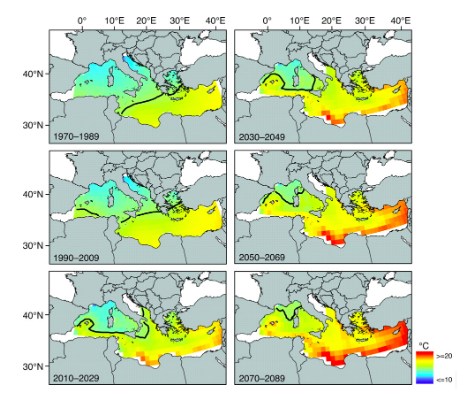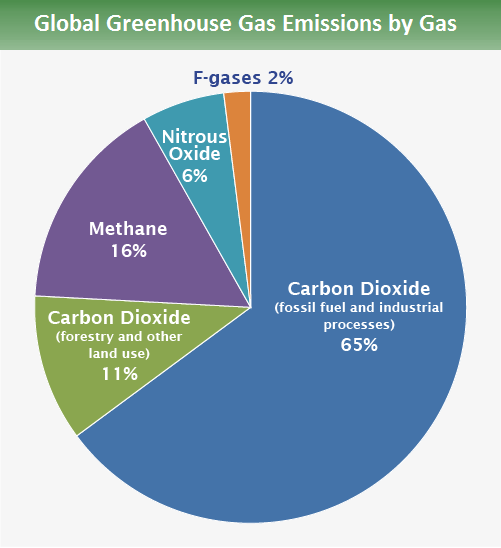Updated on November 20, 2020
A Sea to Explore is back to Schools
After the Summer edition, it’s time to back to school, but DON’T WORRY, not everything is so sad and boring because Project M.A.R.E. is also going to school to rock it and make students learn and be aware about the marine conservation, following the non formal education format doing outdoor and indoor activities.
BUT WE LOVE OUTDOOR ACTIVITIES THE MOST!!!!
If you wanna know better about our small project click HERE!
The first day we wanted to get to know each other and introduced the whole thematic for the next 6 weeks.
Of course we invited them to our restaurant “Rifiuti di Mare” under the sea, where it’s easy find some plastic and other kind of litter in our most famous dishes, the water to drink is a bit polluted and we have problems with the temperature and some invasive customers that bothers you while you are eating or takes your food… Maybe there are persons who can help the restaurant became a good place to eat. (VOLUNTEERS!!)
And why we understand from the table of impacts…? Which are the major 5 impacts in the ocean…? Invasive species, habitat destruction, marine litter, overfishing and climate change….

That’s day impact was: Climate Change:
The term climate change indicates the set of changes in the earth’s climate that have been occurring since the mid-20th century due to human activities. The most visible effect, is the increase in temperature, which has grown by 0.8 ° C in the last 150 years and could reach 3-5 ° C in 2100.

And…what are the CONSEQUENCES??
Ocean warming: Since 1880, the global annual temperature of the earth and oceans has risen to an average of 0.07 °C, per decade. 2019 is a candidate to be among the three hottest years ever, together with 2016 and 2017.

Melting Glaciers: Only in Italy, during the last 50 years we lost 30% of the glaciers. It is estimated that in about 30 or 40 years the Italian glaciers will have disappeared.
Sea level rise: As the glaciers melt, the sea level has risen. There are around 40 coastal areas in flood risk. Some cities like Naples and Venice, near the sea, are at risk of being submerged in 80 years, with a rise of 1,064 meters in Venice and 1,040 in Naples.
Ocean Acidification: In 250 years the pH has decreased 0.1 units (from 8.2 to 8.1) and it is expected that at the end of this century it will decrease more than 0.2 to 0.4 units. This decrease is associated with the acidification of water which, consequently, also reduces the availability of calcium carbonate. This element is too important for shells, molluscs, crustaceans and even coral. Thus, many species are at risk of survival.
Coral Bleaching: In 2016, the Australian Coral Reef, suffered an unprecedented wave of “bleaching” due to a temporary increase in ocean temperature of about 4 degrees. This thermal stress caused bleaching in 90% of the reef corals and more than 20% death.
Behavioural mutations and migrations of animal species: In all the oceans of the world and in all the different links of the food chain, there have been changes in marine life that are in line with climate change: Reproduction, feeding and migration.The marine species are moving towards the poles with a velocity of 72 Km each decade.

But, why??? which are the causes of this situation?
Human activities, from pollution to overpopulation are raising the temperature of the earth and fundamentally, changing the world around us. The main causes are because of the phenomenon noun ad the greenhouse effect. Gases in the atmosfere, such as (read the following list), let the sun light in, but keeps some of the heat from skipping, like the glass walls of a green house. The more greenhouse gases in the atmosfere, the more heat gets trap, strengthen the greenhouse effect and increasing the temperature of the earth.
- Carbon dioxide (CO2): Fossil fuel use is the primary source of CO2. CO2 can also be emitted from direct human-induced impacts on forestry and other land use, such as through deforestation, land clearing for agriculture, and degradation of soils. Likewise, land can also remove CO2 from the atmosphere through reforestation, improvement of soils, and other activities.
- Methane (CH4): Agricultural activities, waste management, energy use, and biomass burning all contribute to CH4 emissions.
- Nitrous oxide (N2O): Agricultural activities, such as fertiliser use, are the primary source of N2O emissions. Fossil fuel combustion also generates N2O.
- Fluorinated gases (F-gases): Industrial processes, refrigeration, and the use of a variety of consumer products contribute to emissions of F-gases, which include hydrofluorocarbons (HFCs), perfluorocarbons (PFCs), and sulfur hexafluoride (SF6).

Be aware of our next publications to see the amazing things we are doing together!














